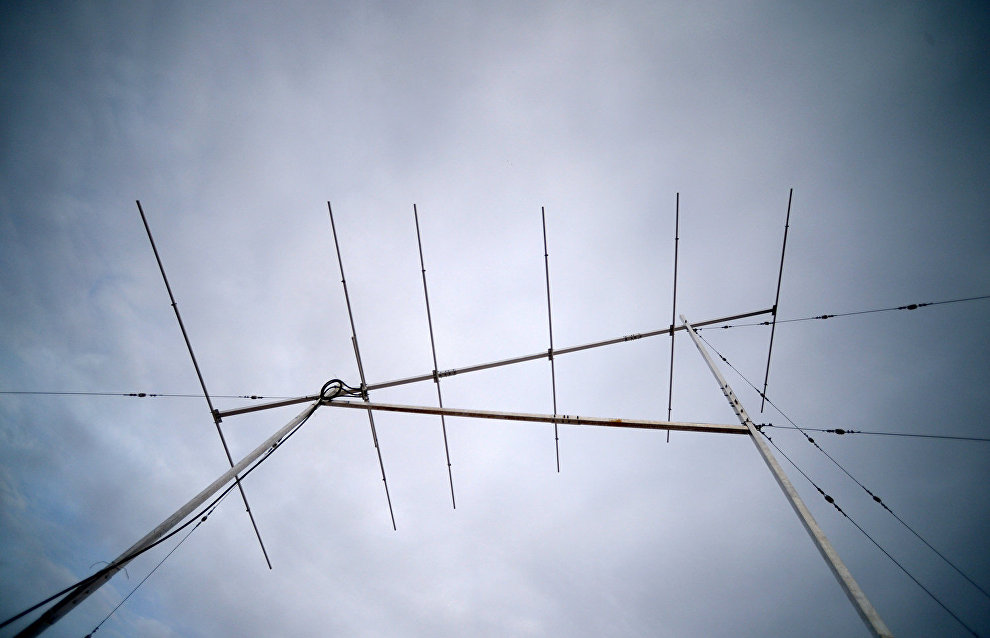Monitoring the Russian Arctic coast environment
In all, 249 observation stations monitor the environment along the Russian Arctic coast, RIA Novosti reports, quoting the press service of the national Ministry of Civil Defense, Emergencies and Disaster Relief.
"The state observation system that includes 240 stations in the Russian Arctic zone is the backbone of the environmental monitoring system," the ministry's report to the Government says.
On October 21, 2015, the first Arctic remote sensing center was opened at the ministry's Murmansk Region main directorate together with the Roscosmos State Corporation for Space Activities. "The center will be able to promptly report on all significant risks in the area, including the deteriorating ice situation, wildfires and spring floods, as well as any oil spills in the seas," the document notes.
The Russian Arctic has nuclear power plants, ports accommodating nuclear-powered icebreakers and naval ships, hazardous chemical and explosion prone facilities, and vital communications systems that carry the risk of industrial accidents.
The Northern Sea Route, which will become a vital international shipping lane in the future, is the main element in the Arctic transport system.
According to the ministry, the Russian Arctic posts over 100 emergency situations and industrial accidents annually. The latter has been increasing, and includes transport accidents (30%), and manufacturing plant explosions and fires (24%).
Earlier, the ministry said the Russian Arctic boasted over $30 trillion worth of mineral deposits. Russia will gradually expand oil and gas production on the Arctic continental shelf, ministry experts note. According to the ministry's analysts, the Arctic currently accounts for 11% of Russia's national income (with only one percent of the population), and for 22% of all exports.
